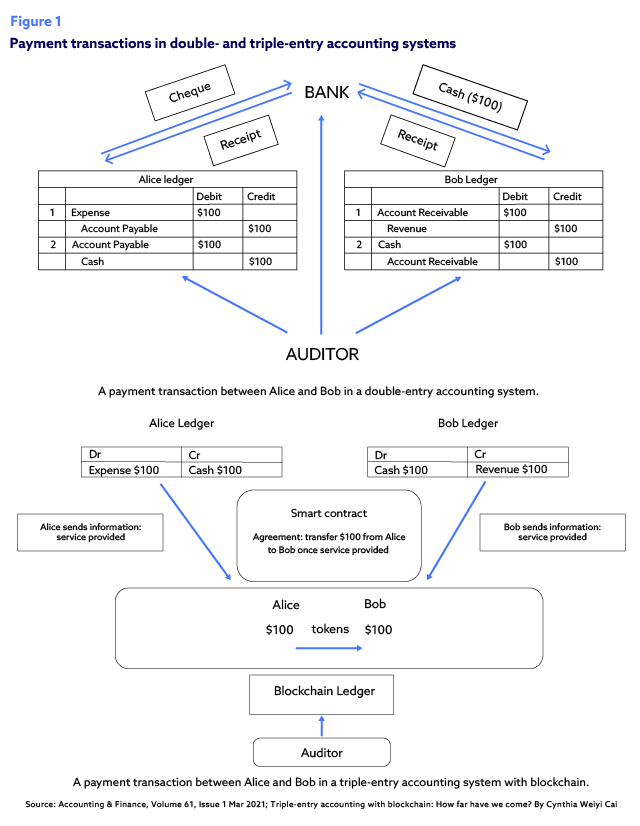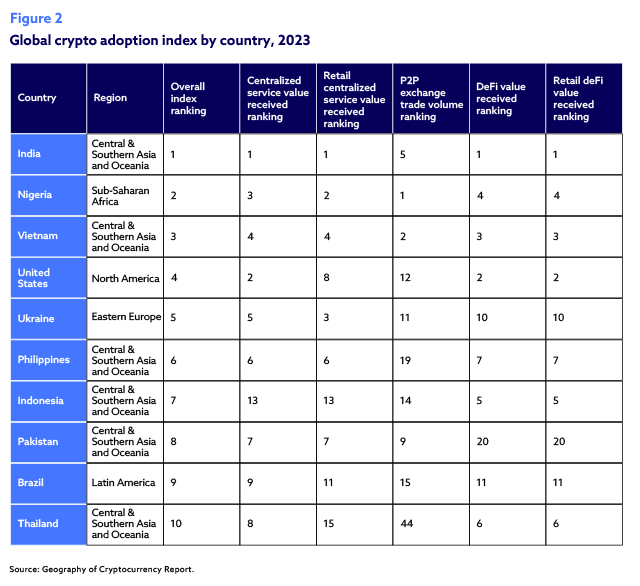CFA Institute 2024
CBDCs and the Concept of Trust
Overview
The security features of digital asset technology are some of its most compelling attributes. In financial transactions, blockchain and smart contracts have the potential to automate compliance checks and many intermediary processes.
Many cryptocurrency advocates describe that kind of digital self-regulation as “trustless;” there is no need for a centralized authority or even trust between parties because the technology itself automates all manner of verification and enforcement. That, at least is the theory behind decentralized finance, or DeFi.
But it has not been that simple.
A series of frauds and failures, most notably with the collapse of cryptocurrency exchange FTX and the failed stablecoin Terra Luna, has brought questions of trust back to the center.
These scandals are also relevant for designers of central bank digital currencies (CBDCs).
Could the “trustless” features of cryptocurrencies be useful for central banks? Could a successful CBDC help to restore trust in digital assets? Or are DeFi principles simply incompatible with the traditional world of central banking?
Building Integrity
By turning the transaction itself into the receipt, blockchain is essentially a triple-entry system – a concept that cryptographer Ian Griggs advocated in his 2005 paper, Triple Entry Accounting.
Double-entry accounting divides everything into assets and liabilities. And if you make a mistake in one column, it gets caught in the other; a mismatch in totals is readily apparent. That built-in redundancy was an innovation back in 1494 and it allowed the emergence of balance sheets, verifiable corporate accounting and arguably the entire scaffolding of international finance.

Many of the CBDC pilots under discussion today are exploring distributed ledger and blockchain technology. But CBDCs are likely to have a much more narrowly distributed system, in order to keep control with the central bank and its authorised partners.
(For more on blockchain see our Research & Policy Center article: Cryptocurrencies: What Is Blockchain?)
Testing the Limits
If all asset and liability columns can balance automatically, with an objective record held in perpetuity, it is reasonable to assume that the need for many layers of financial intermediaries could disappear. Manual and intensive compliance checks, fraud, custody and other services may no longer be needed at all.
A similar argument has been made in every other case of digital disruption. Some industries have undoubtedly benefited by cutting out intermediaries and passing cost savings on to market participants. Ride hailing and e-commerce are the most obvious examples.
But digital disruption does not always deliver improvements in efficiency or create a fair market.
More troubling is the series of multi-billion-dollar collapses among DeFi’s biggest names. The conviction of Sam Bankman-Fried, the founder of FTX, on multiple counts of fraud demonstrates that digital technology alone is no guarantee of security.
“There are no cost savings for market participants in a case like FTX,” said Olivier Fines, Head of Advocacy and Capital Markets Policy Research for EMEA at CFA Institute. “With fraud, everybody loses.”
Enhancing Trust Through CBDCs
Using technology to boost the integrity of a national currency may seem unnecessary or even redundant in developed economies with high levels of institutional trust. But this is not necessarily the case everywhere: the potential benefits of digital asset technology hold more appeal in less-developed markets, where trust in institutions is often lower.
As highlighted in the 2023 Geography of Cryptocurrency Report from Chainalysis, most markets that rank highly for DeFi adoption are mainly emerging market economies (Figure 2). The suggestion is that DeFi or blockchain have the potential to introduce greater financial clarity or stability in markets where political stability or trust in local institutions is a concern.

Similarly, CFA Institute found a distinct relationship in our CBDC survey between the development stage of a capital market and its support for CBDCs (Figure 3). Emerging market respondents exhibit a stronger belief in the stability benefits of a CBDC (50% versus 28% for developed economies).

But even in Sub-Saharan Africa, where Chainalysis notes Bitcoin makes up the biggest share of transaction volume by region, regulations from central governing bodies are still needed to create the commercial legitimacy for it to flourish.
In the wake of the FTX scandal, the widespread adoption of digital assets is likely to require some safeguards to reassure potential users, said Fines.
“Assuming you can tear down all of the scaffolding of a financial system, simply by automating some processes may be a bit naïve,” he said.
“Even in the DeFi sector, we could see more support for the reintroduction of intermediation, even if only to police bad actors or guarantee the system works.”
Central banks could, therefore, have an important role to play in the transition to a safe and secure digital asset ecosystem. Many central banks may have begun considering CBDCs in an effort to harness the benefits of digital assets for their own ends. Instead, a successful CBDC in a major economy may now help to restore trust in other digital assets.
View more Data & Technology stories


